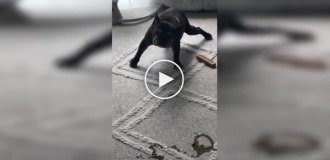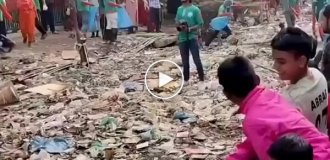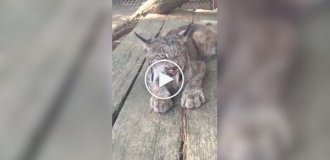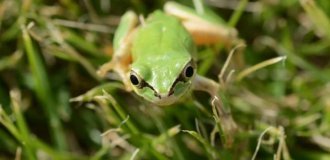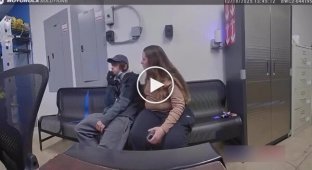Smarter than humans: ants establish "social distancing" during an epidemic (3 photos)
A new study has found that ants, like humans, employ social distancing strategies by altering the layout of their underground nests when faced with dangerous infections. However, they likely learned this through evolution long before humans. 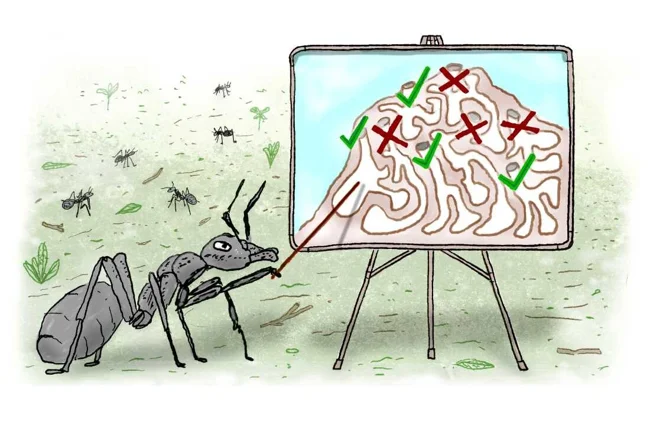
When humanity faced the COVID-19 pandemic, we were forced to completely reorganize our space and social interactions. However, it turns out we are not the only creatures resorting to such measures. A new study has found that ants, already known for their extraordinary ability to work together, are architecturally modifying their nests to prevent the spread of the disease.
Popular Science reports this, citing a study published in the journal Science. 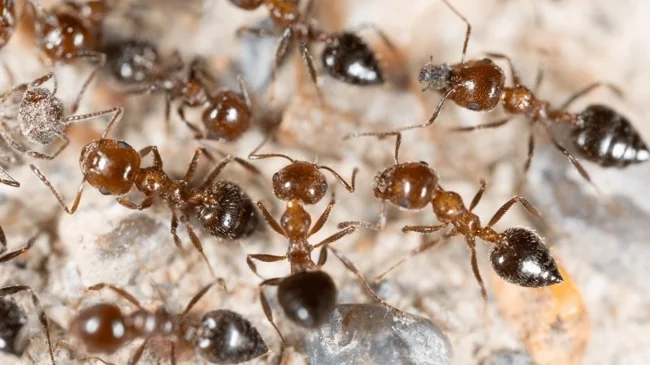
Architectural Defenses Against Infection
Researchers from the University of Bristol, UK, conducted an experiment by placing groups of ants in containers filled with soil. After the insects built nests, half of the groups were supplemented with ants infected with pathogens—specifically, fungal spores. Over the next six days, the scientists used micro-CT scanning to observe the growth and changes in the underground structures in 3D.
The results were stunning. When exposed to the pathogen, the ants began to build differently:
Their nests became more modular;
The entrances were spaced further apart;
Their travel routes became longer;
The connections between chambers became less direct.
"This is the first time that a non-human animal has been shown to alter the structure of its environment to reduce the spread of disease," said lead author Luke Leckie, a biological scientist at the University of Bristol.
These modifications, Leckie explained, serve to protect crucial compartments of the nest—the food storage areas and the chambers containing the young ants. 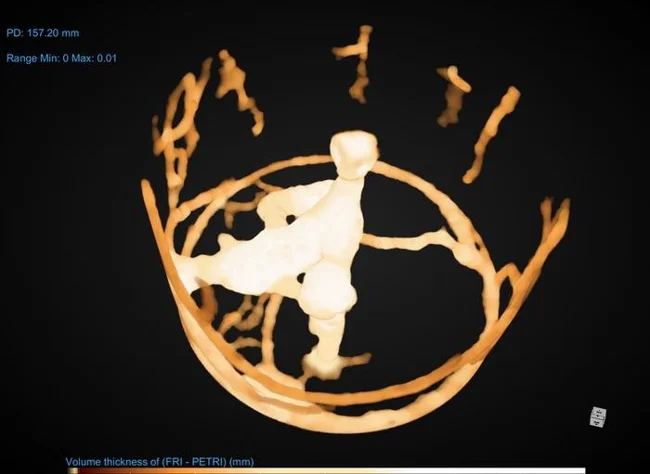
Combining Self-Isolation and Protective Architecture
To test the effectiveness of the changes, the scientists conducted computer simulations, which confirmed that architectural modifications can slow the spread of the pathogen.
However, as Leckie explained, the ants don't limit themselves to merely changing their design: individuals infected or exposed to the pathogen self-isolate.
"When we introduced this self-isolation mechanism into our simulations, we found that ant nests exposed to the pathogen actually enhance the self-isolation effect in reducing pathogen transmission," Leckie said.
Therefore, there is a synergy between social and architectural defenses to combat infection.
Ants do not constantly build such "defensive" nests because, like humans, they require effective communication and resource transfer. However, when threatened, they respond quickly and demonstrate remarkable "herd immunization." This confirms that social insects like ants have evolved to use social strategies and even environmental modification to protect the colony.



